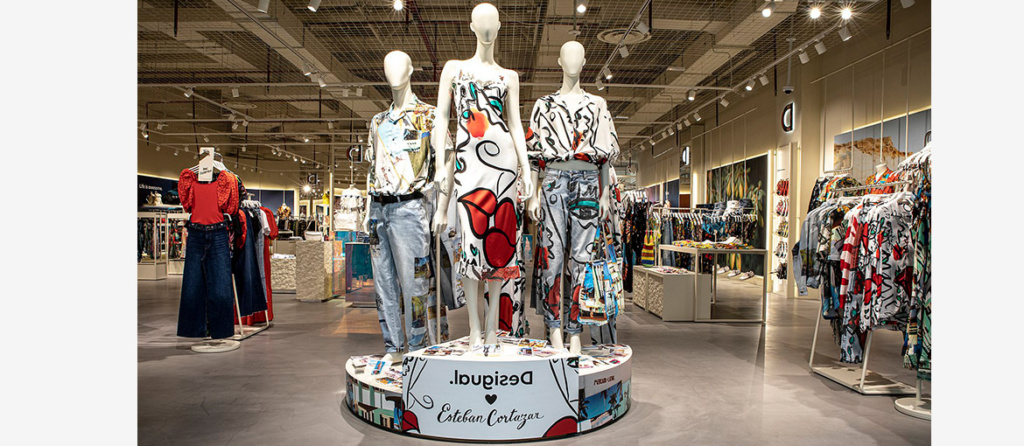Emotions significantly influence buying choices, as corroborated by numerous scientific investigations. This suggests that in every retail category, from apparel boutiques to grocery stores, from footwear outlets to service providers like hair salons, the manner in which you showcase your shopfront, merchandise, and sales area impacts potential buyers’ actions.
What is the key to capturing attention, engaging interest, and ultimately encouraging purchases? The answer lies in Visual Merchandising. This term essentially means “product display,” yet encompasses a complex array of activities beyond mere presentation of goods.
This piece explores Visual Merchandising, including its essence, foundational principles, organizational tools, and do-it-yourself advice for effective display.
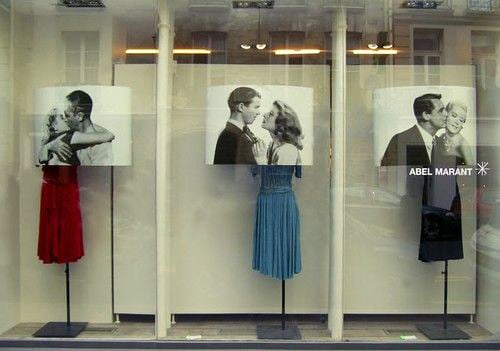
Visual Merchandising: Definition and Advantages
Visual Merchandising employs strategic store layout and item arrangement to create an environment that is both emotionally appealing and visually stimulating.

Setting up the store aims to craft an ambiance that resonates with the brand’s ethos and values to draw customer attention. This significantly influences the initial impression formed by customers as they first glance at the shopfront before moving on to explore the store’s interior.
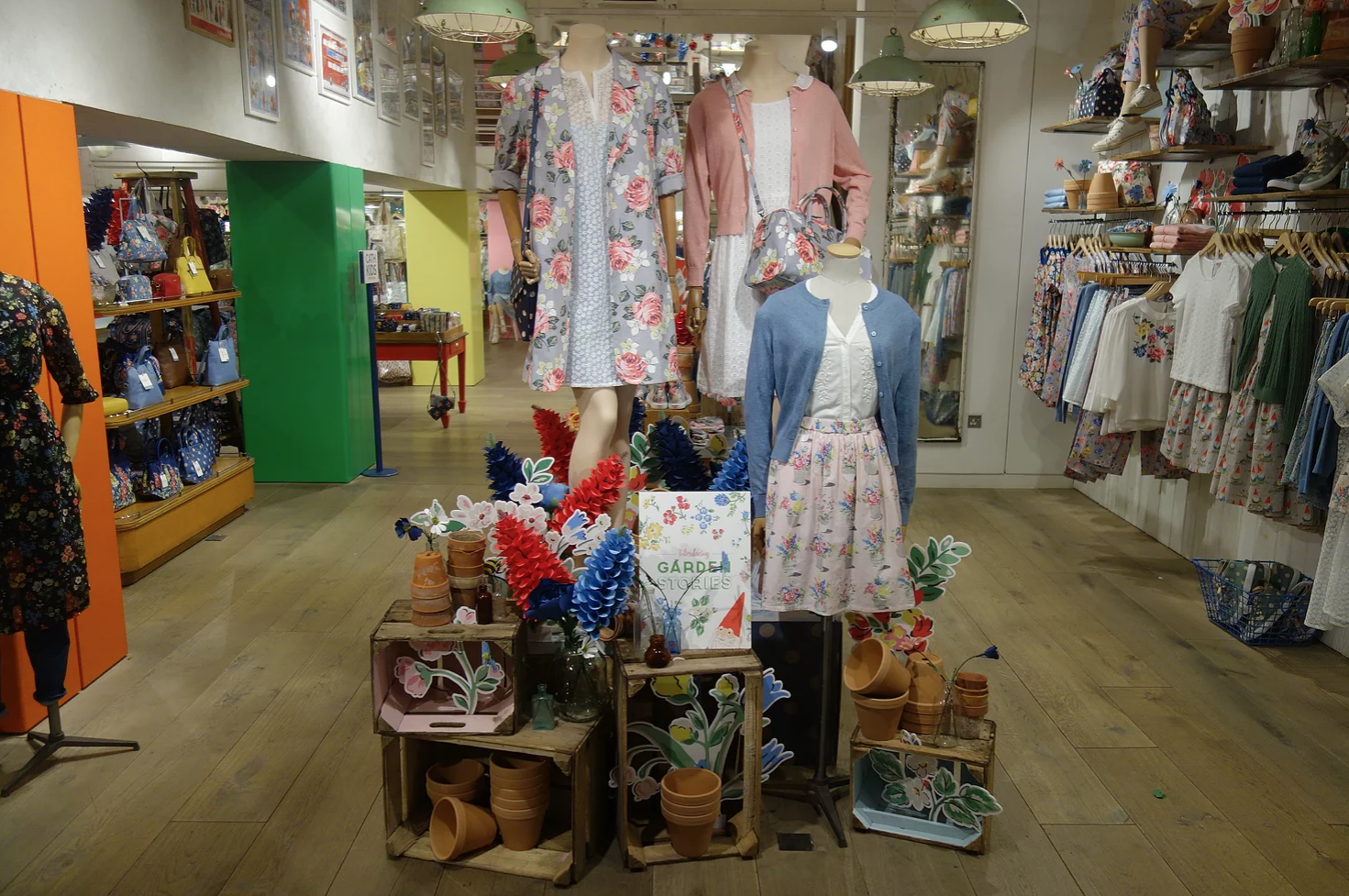
Effective Visual Merchandising strategies involve several critical considerations:
- Ensuring all items are neatly organized and attractively presented
- Exhibiting a broad selection of products
- Avoiding clutter to prevent an overwhelming atmosphere
- Generating an enticing atmosphere to encourage repeat visits
Leveraging the human senses such as sight, sound, smell, touch, and taste can significantly enhance the shopping experience, from visually appealing displays and harmonious store music to the strategic use of scents and product samples.
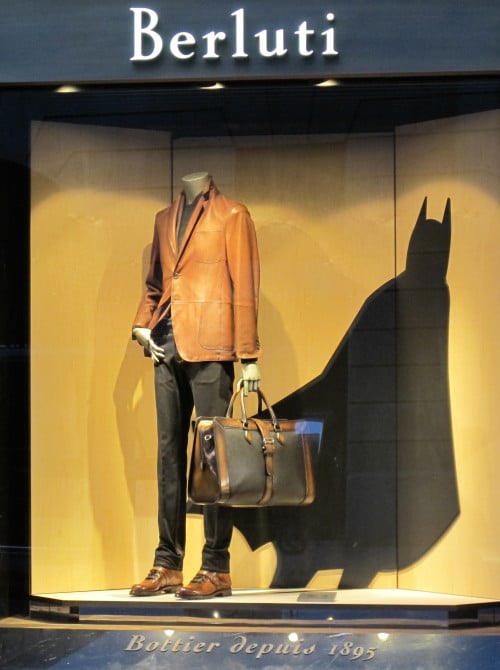
A well-implemented Visual Merchandising strategy not only captivates customers but also motivates them towards making a purchase.
Key Principles of Visual Merchandising
The aim of Visual Merchandising extends beyond aesthetics; it’s about boosting sales. Achieving this goal requires adherence to several foundational principles:
- Understanding your target audience is paramount. Identifying the ideal customer profile, their preferences, and the narrative you wish to convey allows you to tailor your store’s ambiance accordingly.

- The role of color cannot be overstated. Proper color coordination can guide customer movement and create inviting pathways within the store. An “Instagrammable” store aesthetic can further enhance customer engagement and social sharing.
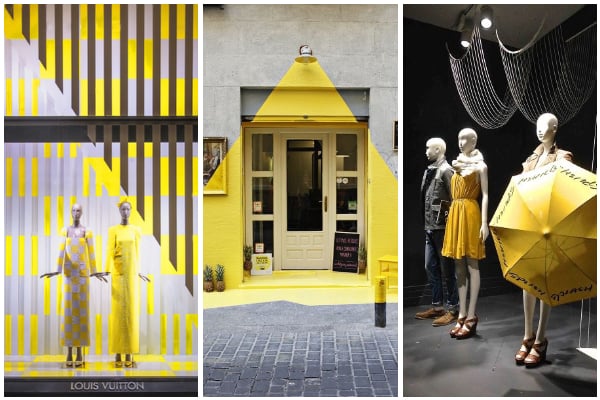
- Establishing strong focal points throughout the store helps to organize customer attention and navigate them through your merchandise effectively.
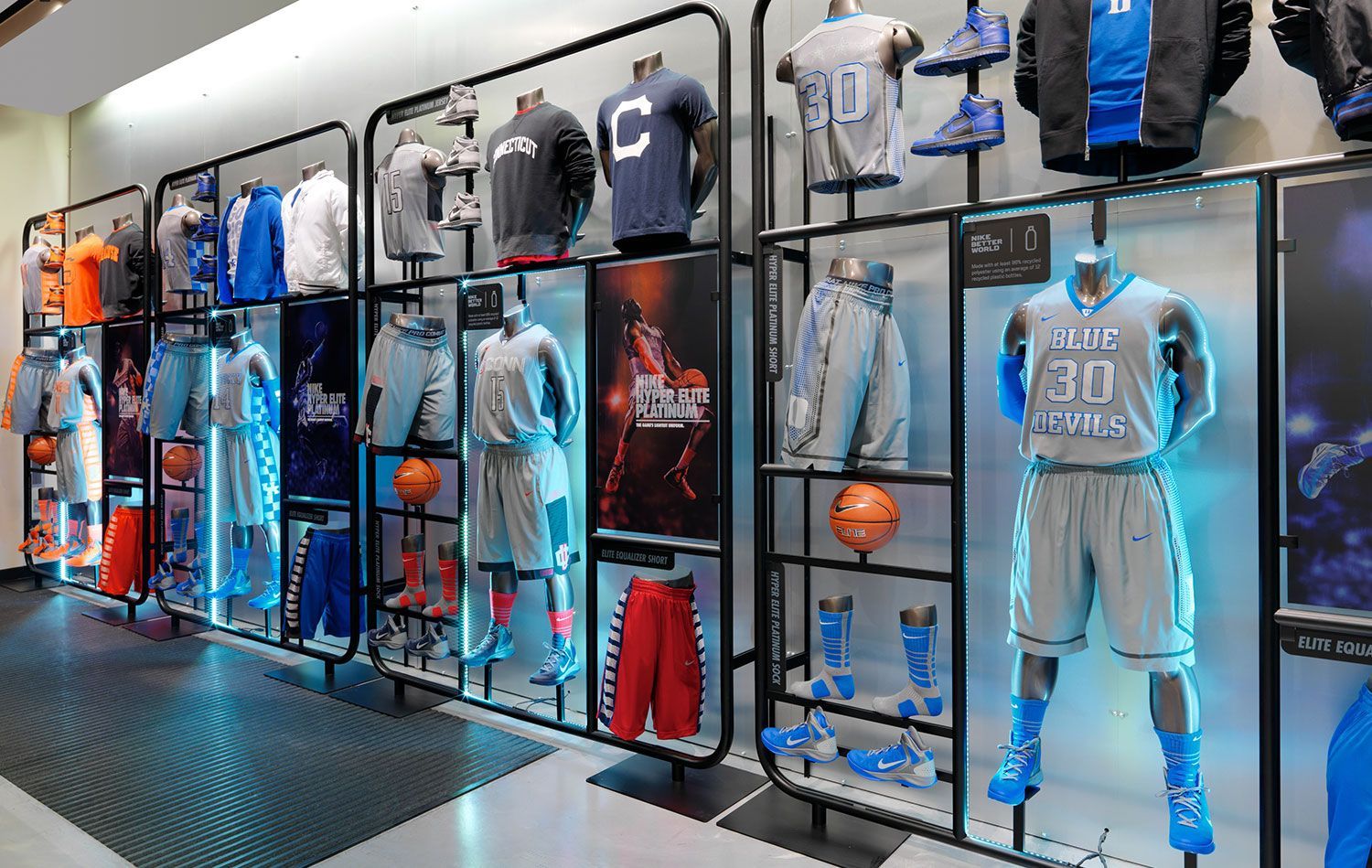
- Narrative storytelling through strategic signage and product arrangement can enrich the shopping experience, making products more relatable and appealing.

- Visibility is key; a well-arranged store exposes customers to a wider array of products in an inviting manner. Creative layouts and effective use of space can significantly impact sales.
Visual Merchandising encompasses not just the arrangement of products but a holistic approach to creating a memorable shopping experience, demanding constant innovation, creativity, and passion to make any store truly stand out.

